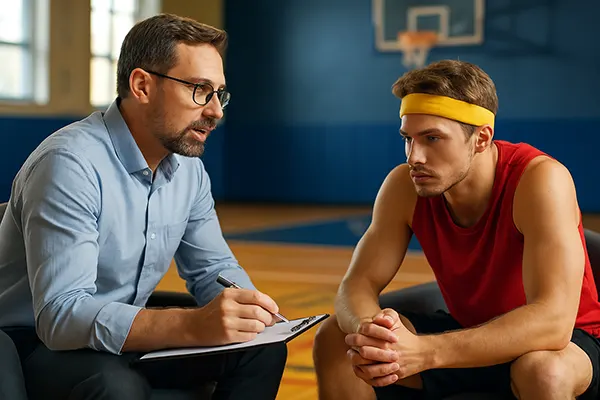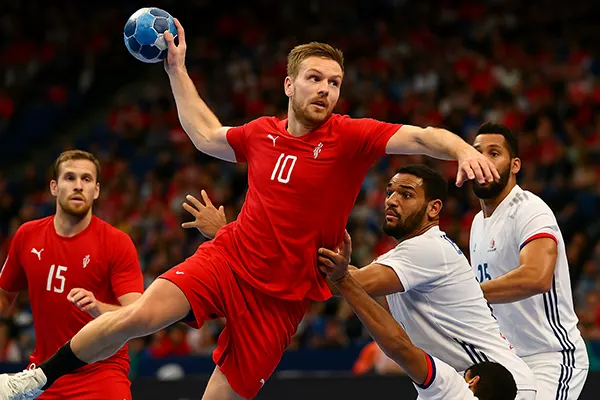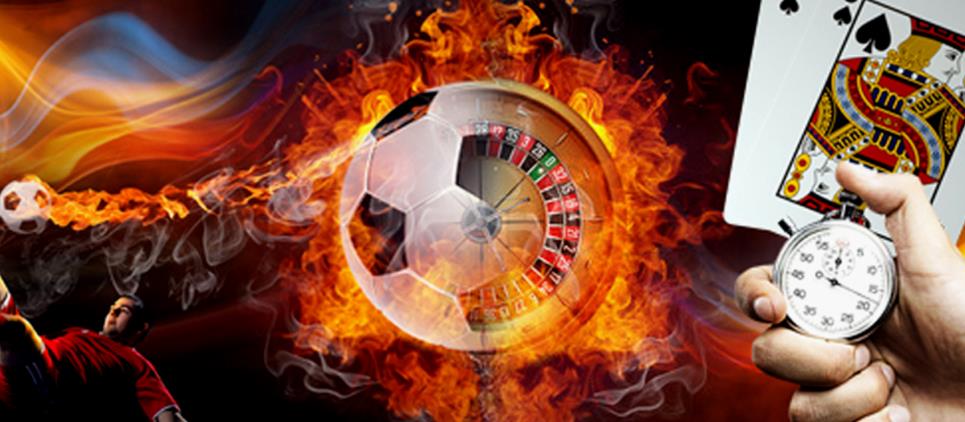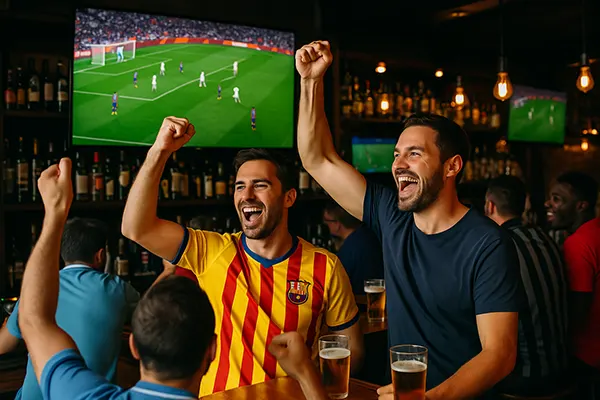The Psychology of Sports Players: How Champions Train Mentally

Psychological resilience and mental strength are often the hidden drivers behind the success of world-class athletes. While physical performance is what we observe on the surface, it’s the mental game that allows athletes to remain consistent, overcome adversity, and perform under pressure. In recent years, mental training has become a fundamental part of elite sports programmes, influencing preparation, strategy, and results. Understanding the psychology of athletes gives valuable insight into what separates champions from the rest.
The Science of Mental Conditioning in Sports
Sports psychology has evolved into a robust science that supports athletes in optimising their mindset for high-level performance. Mental conditioning involves a combination of cognitive strategies like goal-setting, self-talk, visualisation, and stress management techniques. These tools help athletes enhance focus, build confidence, and recover from setbacks quickly. Key studies from 2023–2024 confirm that mental resilience can be trained just like physical muscles, using tailored psychological interventions over time.
According to the British Psychological Society, cognitive behavioural strategies have been proven to reduce anxiety and improve reaction time in athletes facing high-pressure environments. These findings have led to the integration of sports psychologists into coaching teams across disciplines such as tennis, football, and athletics. Furthermore, biofeedback and neurofeedback technologies are increasingly being used to track and adjust an athlete’s mental state during training and competition.
By February 2025, top-tier athletes are expected not only to work with fitness coaches but also mental coaches, focusing on routine development, emotional regulation, and building a winning mindset. This holistic approach is seen as essential in gaining a competitive edge and maintaining long-term performance stability.
Real-World Application of Mental Training
Elite sports organisations, such as Team GB and Manchester City FC, have embedded mental conditioning into their core training philosophy. Athletes undergo structured mental training sessions that simulate match-day pressure and unpredictability. This is done to develop psychological endurance and decision-making clarity under stress. Mental routines have become as standard as physical drills, tailored individually to fit each player’s psychological profile.
Olympic athletes like Katarina Johnson-Thompson have credited visualisation and mindfulness techniques with helping them stay composed during major international events. Her preparation included daily affirmations, meditation, and scenario rehearsals — a mental “playbook” that reinforced confidence and mental agility. These routines help bridge the gap between practice and performance when it matters most.
As of early 2025, more national teams are adopting similar mental support frameworks, supported by neuroscience and performance analytics. For example, England Rugby utilises stress exposure training combined with reflective journaling to build psychological toughness. The outcome is not only better performance but also stronger emotional well-being among athletes during long competitive seasons.
The Role of Emotional Intelligence in Sports
Beyond mental drills and visualisation, emotional intelligence (EI) has emerged as a crucial pillar in athletic success. EI refers to the ability to perceive, understand, manage, and regulate emotions — both one’s own and those of others. In competitive sport, where pressure, ego, and intensity are ever-present, EI helps athletes maintain composure, empathy, and focus during interpersonal and high-stakes challenges.
Studies in 2024, including research from the University of Exeter, suggest that athletes with high emotional intelligence demonstrate improved teamwork, leadership, and resilience after losses. In team sports especially, understanding the emotional state of teammates and adjusting communication styles is vital for cohesion and synergy. Coaches increasingly consider EI scores when selecting captains or leadership figures.
In one striking case, Formula 1 driver Lando Norris publicly discussed how his work with sports psychologists to develop EI helped him manage anxiety and sharpen focus during races. This trend reflects a broader shift where athletes not only train their body and mind but also their emotional selves, enabling them to respond constructively to pressure, criticism, and rapid change.
Training Emotional Intelligence Among Athletes
Many high-performance programmes now incorporate EI development through methods like peer feedback, empathy mapping, and scenario-based role-play. Athletes learn to recognise emotional triggers and use strategies such as controlled breathing or reframing negative thoughts in real time. These techniques are integrated into daily routines to become second nature during matches or tournaments.
Team workshops led by sports psychologists often include exercises in active listening, non-verbal communication, and emotional regulation. Athletes are taught to reflect not only on their physical output but also on their interpersonal behaviour during performance reviews. These insights are then tied into individual growth goals and tracked over the season.
By February 2025, EI development is considered indispensable for leadership roles in team sports and is increasingly being applied in individual sports for greater personal balance. Athletes who master emotional awareness tend to recover more quickly from setbacks and maintain stronger mental health across long seasons.

Mindfulness and Flow States in Athletic Performance
Mindfulness and achieving “flow” — the state of optimal performance where time and self-awareness dissolve — have gained traction as powerful psychological tools for athletes. These methods help players remain grounded in the present moment, reducing performance anxiety and increasing focus. Mindfulness is often cultivated through meditation, breathwork, and body scanning practices.
Elite athletes from golf to gymnastics report that mindfulness practices improve their ability to reset quickly after mistakes and sustain attention during prolonged competitions. The British Olympic Association recommends mindfulness routines for pre-competition preparation, citing evidence that athletes who practise mindfulness demonstrate lower cortisol levels and faster post-competition recovery.
Flow states are particularly relevant in sports requiring intense concentration and rhythm, such as basketball, surfing, or climbing. Achieving flow is linked to improved coordination, decision-making, and even creativity in-game. Athletes who regularly enter flow can outperform opponents by reacting more intuitively and with greater fluidity under pressure.
Developing Mindfulness and Flow Routines
Training to access flow begins with setting clear performance goals, creating distraction-free environments, and matching skill levels to challenge intensity. Psychologists recommend focusing on intrinsic motivation rather than outcomes — athletes who are driven by mastery and love of the game are more likely to enter flow. Regular journaling about practice and emotional state helps athletes identify what conditions help them reach this zone.
Mindfulness training often starts with guided sessions led by sports psychologists or digital platforms like Headspace for Athletes. As of 2025, teams in the Premier League and international cricket have integrated these tools into travel and recovery routines. These sessions focus on bringing awareness to the breath, body tension, and present thoughts — a mental reset that promotes clarity before performance.
Eventually, mindfulness becomes a habit, not a ritual. Top athletes integrate micro-mindfulness — such as grounding techniques between plays or matches — to stay mentally agile and emotionally stable. This level of self-awareness is now considered vital for performance sustainability, injury prevention, and psychological well-being.




